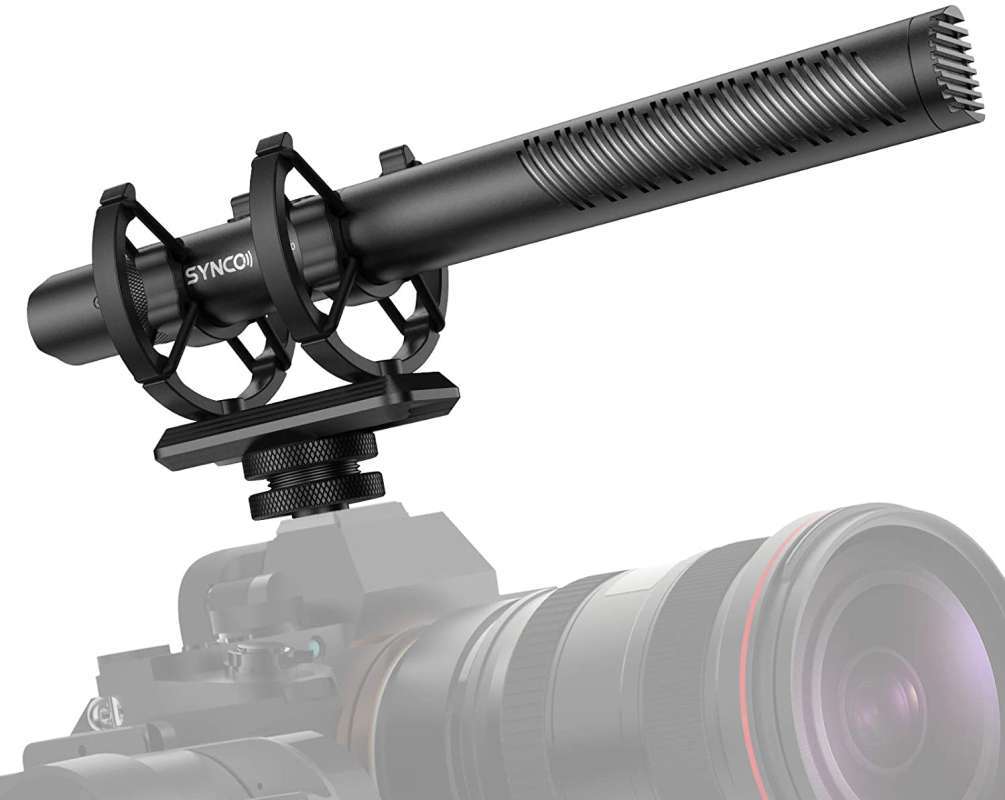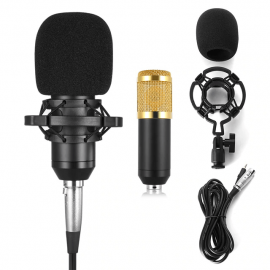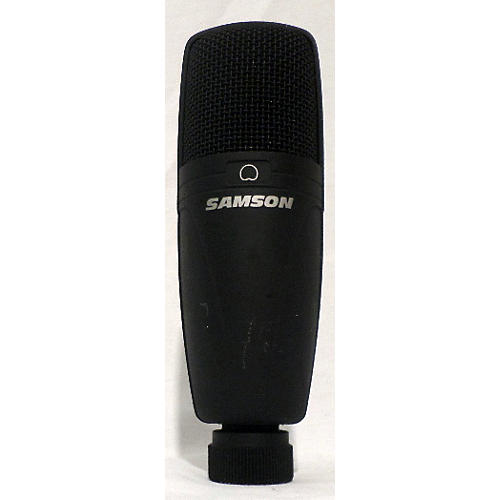

More recently, tube technology has become popular again as a “vintage” sound alternative. Due to its convenience, P48 phantom power soon became a world standard. P48 phantom power works with 48 volts, supplied via the usual 3-pin microphone cable, and it does not affect dynamic microphones that do not require external power. When transistor technology took over in the late 1960s, Neumann invented a standardized scheme to power condenser microphones directly from the mixing desk, without the need for external PSU boxes and multipin cables. This was inconvenient in many ways, especially when many microphones were used at the same time, because each type required its own PSU box and a dedicated multipin cable. Early specimens – Neumann has produced condenser mics since 1928! – had tube electronics, which were powered by an external PSU box the size of a brick. This could be inconvenient in the old days, but today just about any microphone input offers P48 phantom power – a Neumann invention, which has become the international standard (see box “Powering Condenser Microphones”).Ĭondenser microphones require external power for their internal electronics. The impedance converter makes the signal more “sturdy” by making more signal current available.Ĭondenser microphones therefore require external power. It requires what is called an “impedance converter”, a circuit that buffers between the capsule and the outside world. The condenser capsule’s output voltage is actually quite high, but it produces almost no current, because so little energy is stored in this small capacitor. Start saving now Also, be sure to check out these Cotton Candy Fun Kit, Cat Grass Kits, Multimedia Trackball deals.

We pick the best sales, promo codes & coupons for you. The capsule signal itself, however, is much too “fragile” to be connected to other pieces of gear. Save big with coupons and deals from Bargainzmart. Voilà, we have converted sound into an electrical signal. As a result, the capacitance changes to the rhythm of the sound waves. In other words, the distance between the two capacitor plates changes. When sound waves hit the diaphragm, it moves back and forth relative to the solid backplate.

The most common material is gold-sputtered mylar, but some (mostly older) models employ an extremely thin metal foil. The membrane or diaphragm, as it is often called, must be electrically conductive, at least on its surface. You’ll need a recorder like the Zoom H5 or an interface like the Scarlett 2i2 that can provide the +48V that we affectionately call phantom power. That’s where phantom power comes into play. It consists of a thin membrane in close proximity to a solid metal plate. The Rode NT1-A is a condenser microphone, and like many condenser microphones requires power to get it working. The closer they are, the higher the capacitance.Ī condenser capsule is constructed similarly. You may remember from physics class that a capacitor is essentially two metal plates in close proximity. The AT2020: the new standard for affordable side-address studio condensers.The British call them “capacitor microphones” – and for a reason, too. With rugged construction for durable performance, the microphone offers a wide dynamic range and handles high SPLs with ease. Its low-mass diaphragm is custom-engineered for extended frequency response and superior transient response. Audio-Technica’s stringent quality and consistency standards set the AT2020 apart from other mics in its class.


 0 kommentar(er)
0 kommentar(er)
